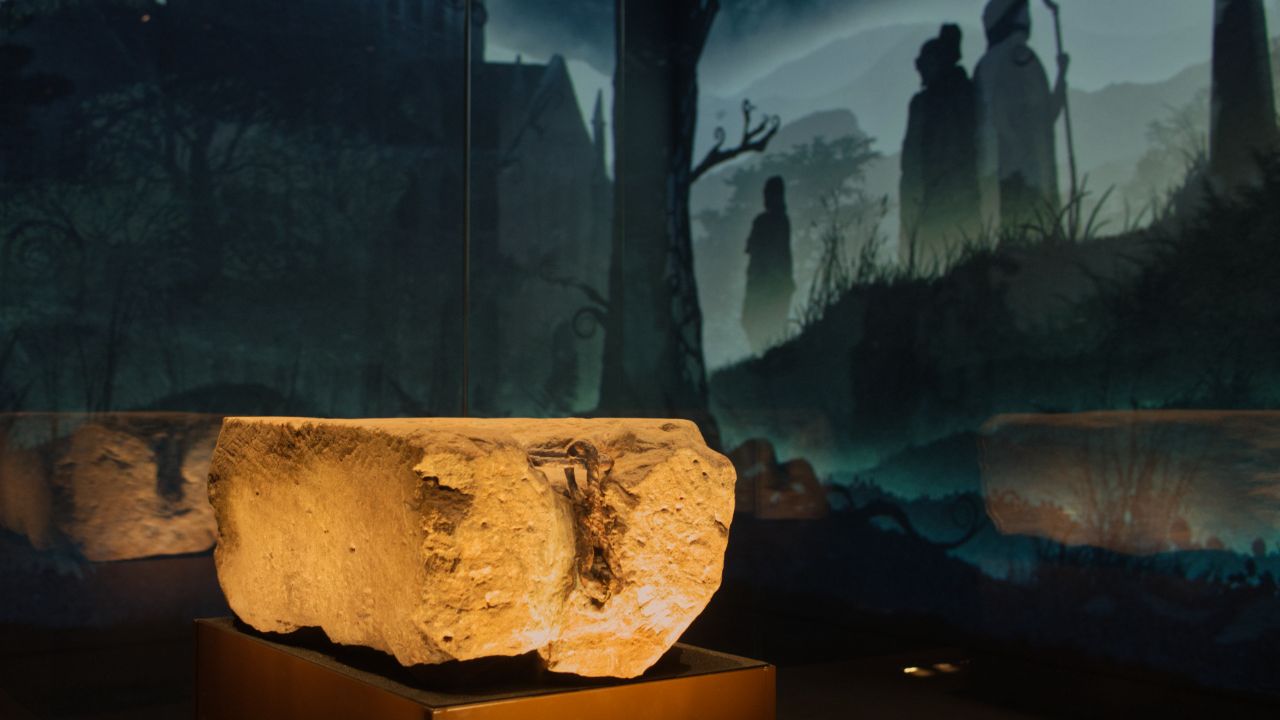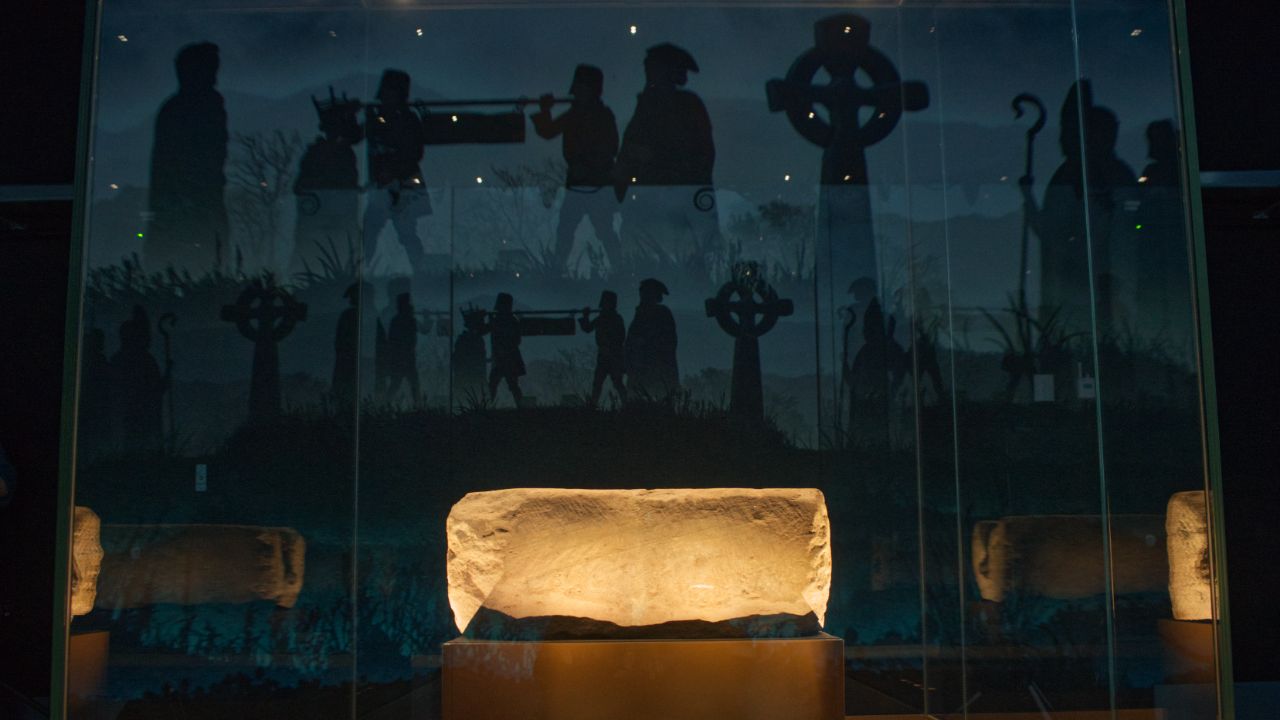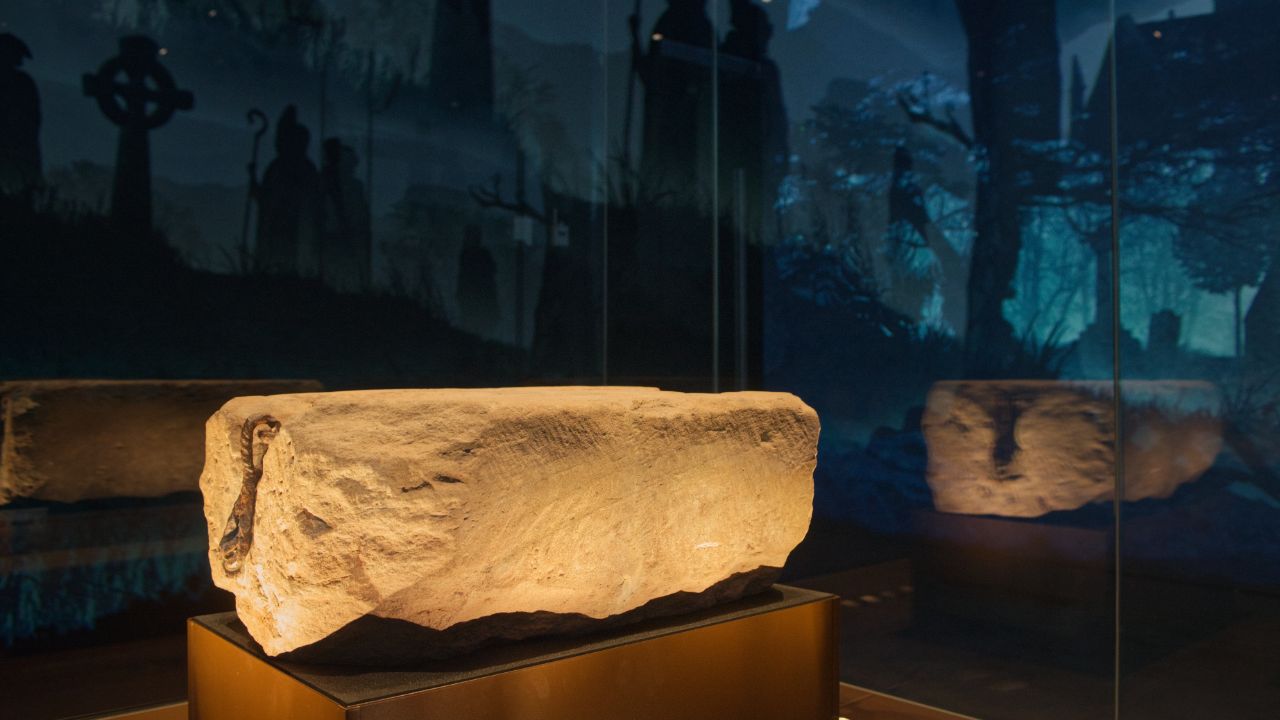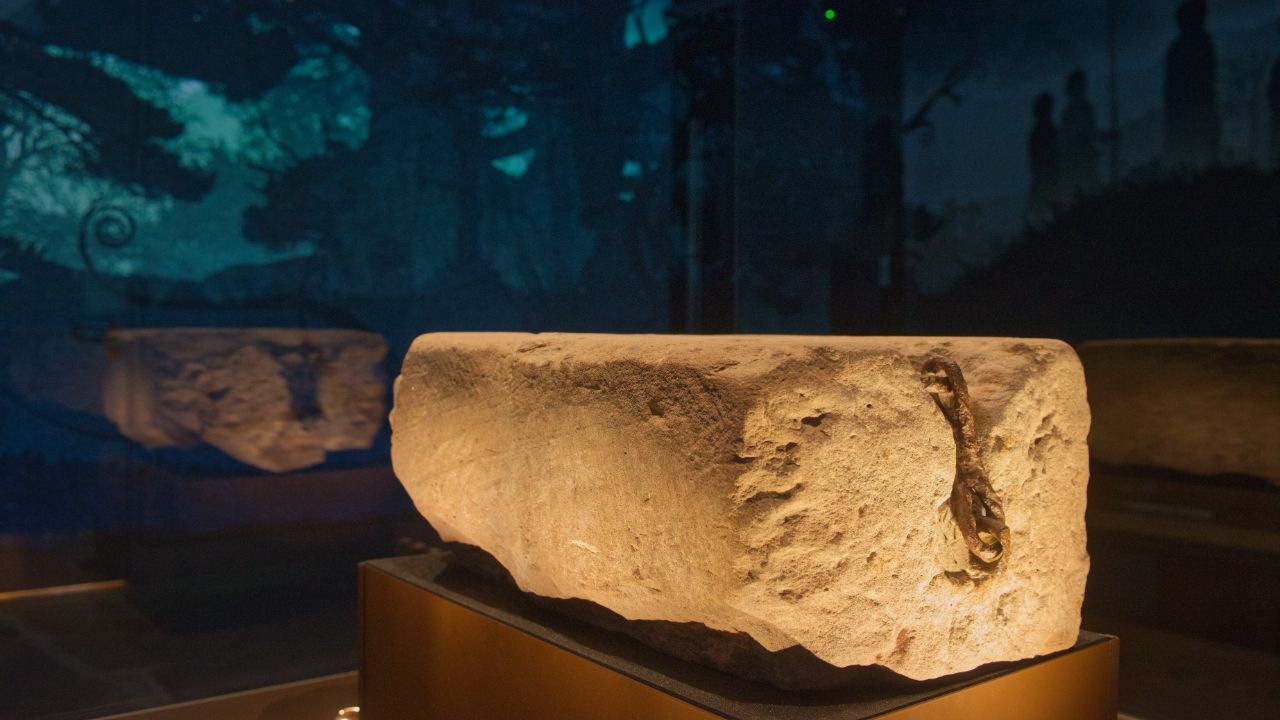Plan Your Visit
Everything you need to make the most of your day at the Home of Destiny.
Enter a search term above to search our website
Pages
News
Star Objects




Everything you need to make the most of your day at the Home of Destiny.